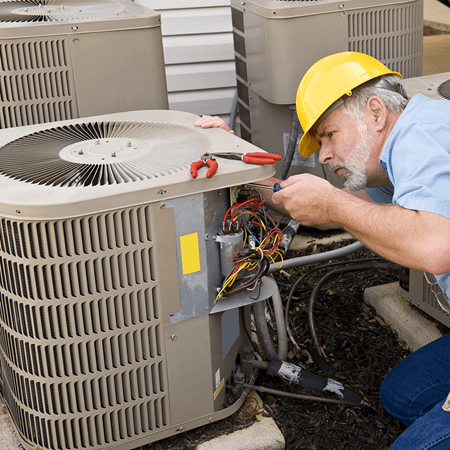
Aircon Compressor Fan Motor Replacement Guide & Repair Cost
What is an aircon compressor fan motor?
The air conditioner condenser fan motor is a vital component of the aircon system. The condenser helps to release heat absorbed from indoor to the outside environment. It plays an important role in the cooling process of air conditioners.
The condenser fan motor drives the fan blades that help move air across the condenser coils. These coils contain the refrigerant that has absorbed heat from the indoor air. When the fan motor rotates the condenser fan, the heat is released to outdoor air, which facilitates the cooling of the refrigerant.
By maintaining proper airflow across the condenser coils, the condenser fan motor ensures efficient heat exchange and helps the air conditioning system operate effectively. If the condenser fan motor malfunctions or fails, it can lead to reduced cooling efficiency, increased energy consumption, and potential damage to the compressor and other components of the air conditioning system.
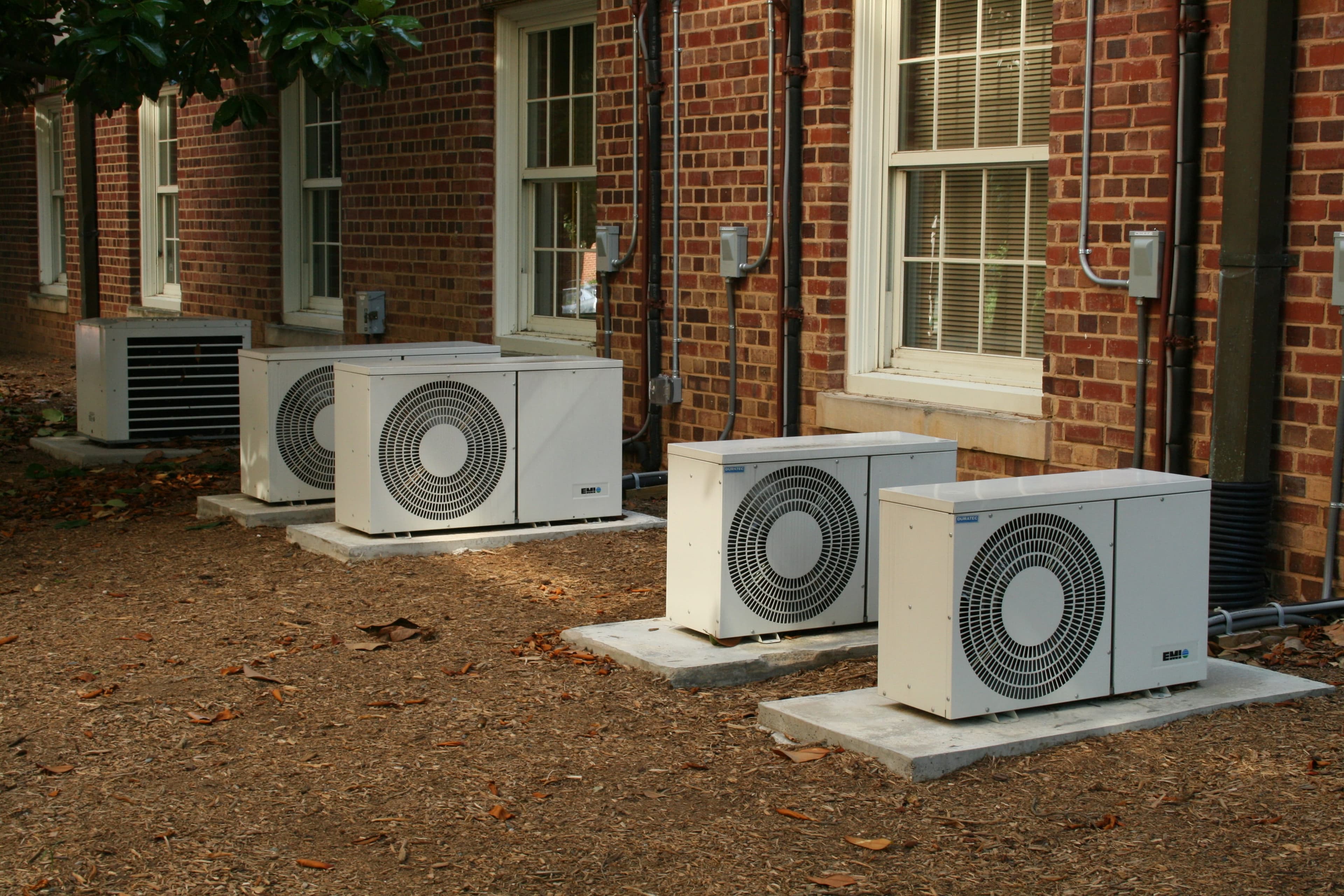
How to replace aircon condenser unit fan motor (DIY)?
Replacing an air conditioning condenser fan motor is a task that requires technical knowledge and experience with HVAC systems. If you're not familiar with working on A/C equipment, it's recommended to hire a professional technician to perform the replacement. Here's a general outline of the steps involved in replacing an aircon condenser fan motor:
Replacement Steps:
1. Safety Precautions
Before starting any work, ensure the power to the air conditioning system is turned off at the circuit breaker or disconnect switch to prevent electrical accidents.
2. Gather Equipment and Parts
You will need a replacement condenser fan motor that matches the specifications of the original motor. Make sure you have the necessary tools, including wrenches, screwdrivers, pliers, and potentially a multimeter.
3. Access the Condenser Unit
Open the access panel on the condenser unit. This panel is typically located on the side or top of the unit and may require removing screws or fasteners.
4. Disconnect Wires
Carefully disconnect the electrical wires from the existing fan motor. Take note of their connections or take pictures to ensure correct reconnection later.
5. Remove the Fan Blade
Remove the fan blade from the motor shaft. This may involve removing a retaining nut or bolt. Be cautious not to damage the fan blade.
6. Detach the Motor
The motor is usually held in place by mounting brackets or screws. Remove these brackets or screws to free the motor from the unit.
7. Install the New Motor:
Position the new motor in the same location as the old one. Reattach any mounting brackets or screws that hold the motor securely in place.
8. Reattach Fan Blade
Slide the fan blade onto the motor shaft and secure it with the retaining nut or bolt.
9. Connect Electrical Wires
Attach the electrical wires to the new motor in the same configuration as the old motor. Use wire connectors or terminal blocks as necessary.
10. Test Operation
Double-check all connections, ensuring they are secure. Turn the power back on at the circuit breaker or disconnect switch and test the operation of the new motor. Listen for any unusual noises or vibrations.
11. Check Cooling Performance
Monitor the air conditioning system's cooling performance over a period to ensure that the new fan motor is functioning properly and maintaining proper heat exchange.
12. Replace Access Panel
Once you are satisfied with the installation and performance, securely replace the access panel on the condenser unit.
Remember that air conditioning systems involve electrical components and refrigerants, so safety and proper installation are paramount. If you're not confident in your abilities, it's best to seek assistance from a qualified HVAC technician. An improper installation could lead to equipment damage, inefficient cooling, or safety hazards.

Indications of a Faulty Condenser Fan Motor
A faulty condenser fan motor in an air conditioning system can lead to various issues that impact the system's performance and efficiency. Here are some indications that your condenser fan motor might be malfunctioning:
1. Lack of Cooling
One of the most common signs of a faulty condenser fan motor is a noticeable decrease in cooling performance. If the fan motor fails, the condenser coils won't receive proper airflow, leading to inefficient heat exchange and reduced cooling capacity.
2. Warm Air Blowing
If warm air is blowing from your air conditioning vents instead of cool air, it could be due to a malfunctioning condenser fan motor. Without proper cooling of the refrigerant, the system won't be able to effectively remove heat from indoor air.
3. Loud or Unusual Noises
A malfunctioning fan motor may produce grinding, squealing, or rattling noises as it struggles to turn the fan blades. These noises can be indicative of worn bearings, loose components, or other mechanical issues.
4. Overheating of the System
A malfunctioning fan motor can lead to the condenser coils overheating, causing the system to shut down or go into a protective mode to prevent further damage.
5. Fan Not Spinning
If the fan blades are not spinning when the air conditioning unit is running, it's a clear indication that the condenser fan motor is not functioning properly.
Condenser Fan Motor Replacement Cost
Condenser fan motor replacement can cost anywhere between $250 to $750, depending on the brand, model specifications and labor or technician fees. To get a ballpark estimate open a repair request with us and mention the brand and model specifications.
Best 7 Ways To Prevent Your Aircon From Leaking Water

Learn 7 simple and effective ways to prevent your aircon from leaking water in your HDB or condo. Stay cool and dry with these expert maintenance tips.
Risk Of Cheap Aircon Servicing In Singapore | 7 Check Points

Thinking of booking cheap aircon servicing in Singapore? Discover 7 key ways to check if it’s worth it and avoid low-quality work that can damage your aircon.
Regular Aircon Servicing Is Important For Every Home

Keep your aircon running efficiently in Singapore. Learn why regular aircon servicing is essential, how to monitor for issues, and when to call a professional.
7 Expert Tips To Prevent Your Aircon From Overheating

Wondering how to prevent your aircon from overheating? Follow these seven essential tips to cool it down!
Professional PRISM+ Aircon Servicing in Singapore

Looking for reliable PRISM+ aircon servicing in Singapore? StringsSG specializes in comprehensive aircon servicing & repair to keep your AC running efficiently.
9 Steps In The Professional Aircon Chemical Overhaul Process

Explore the 9-step professional aircon chemical overhaul process. Get full-unit deep cleaning, reinstallation, and performance restoration by experts.
Why is your air con leaking water and how to fix
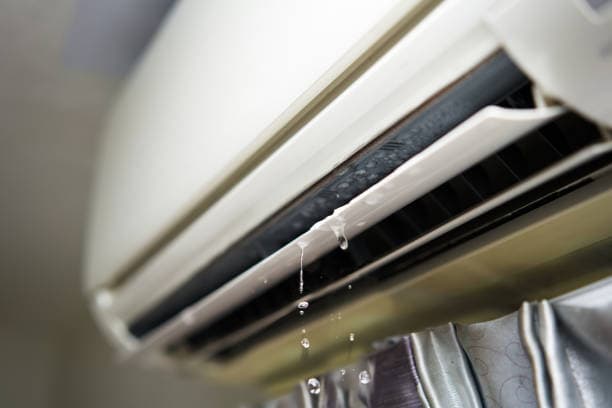
The indoor unit of your air con has a component called the evaporator coils which helps to cool the warm air. As warm air touches the condenser..
Repair Aircon Printed Circuit Board (PCB)

An aircon PCB (Printed Circuit Board) refers to the control or circuit board in an air conditioning unit that controls various functions of..
Aircon Thermistor Guide
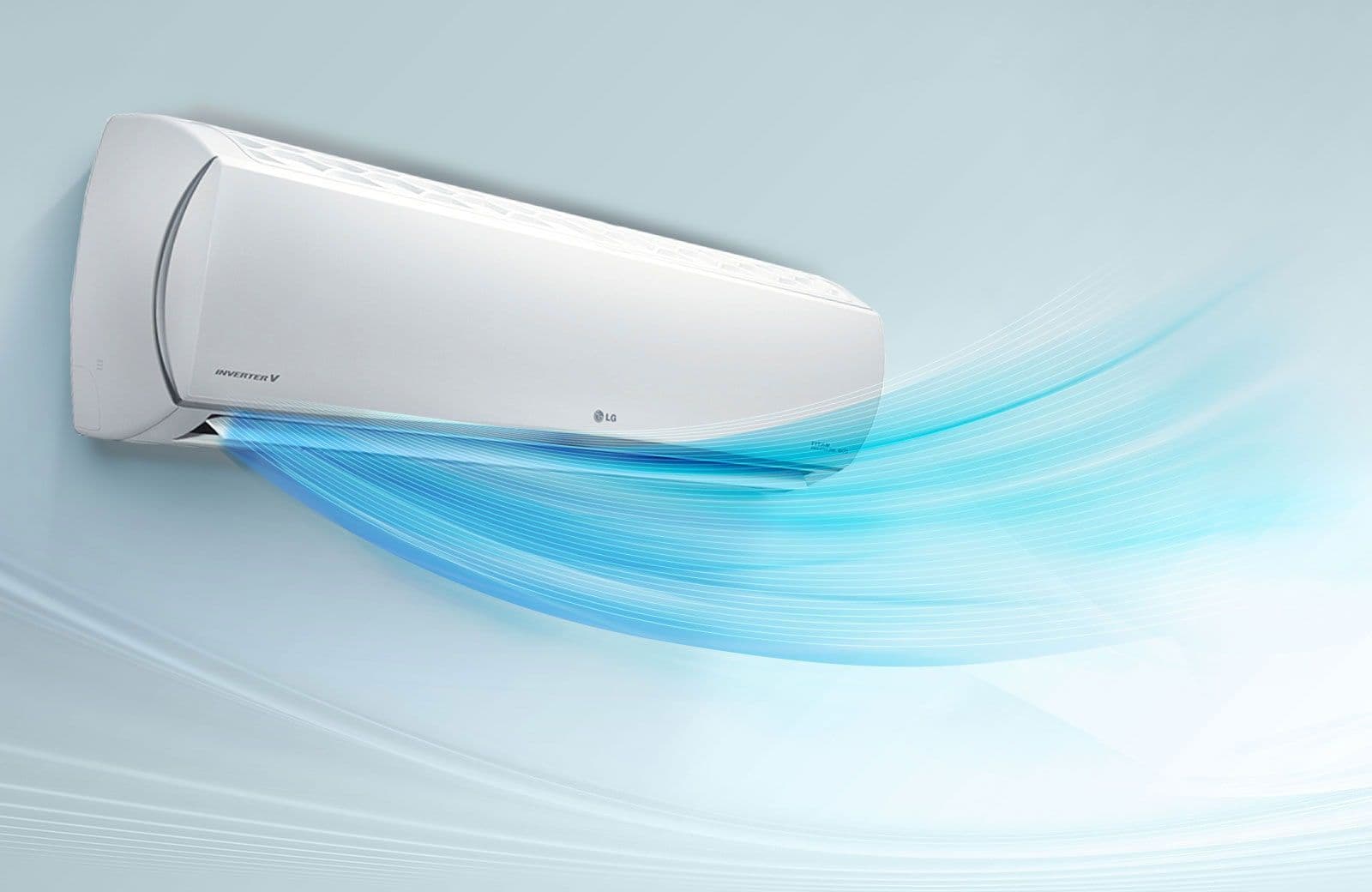
Aircon Thermistor replacement can cost anywhere between $120 to $250 based on several factors, such as the aircon brand/model, complexity of..
Aircon Condenser Cleaning & Repair
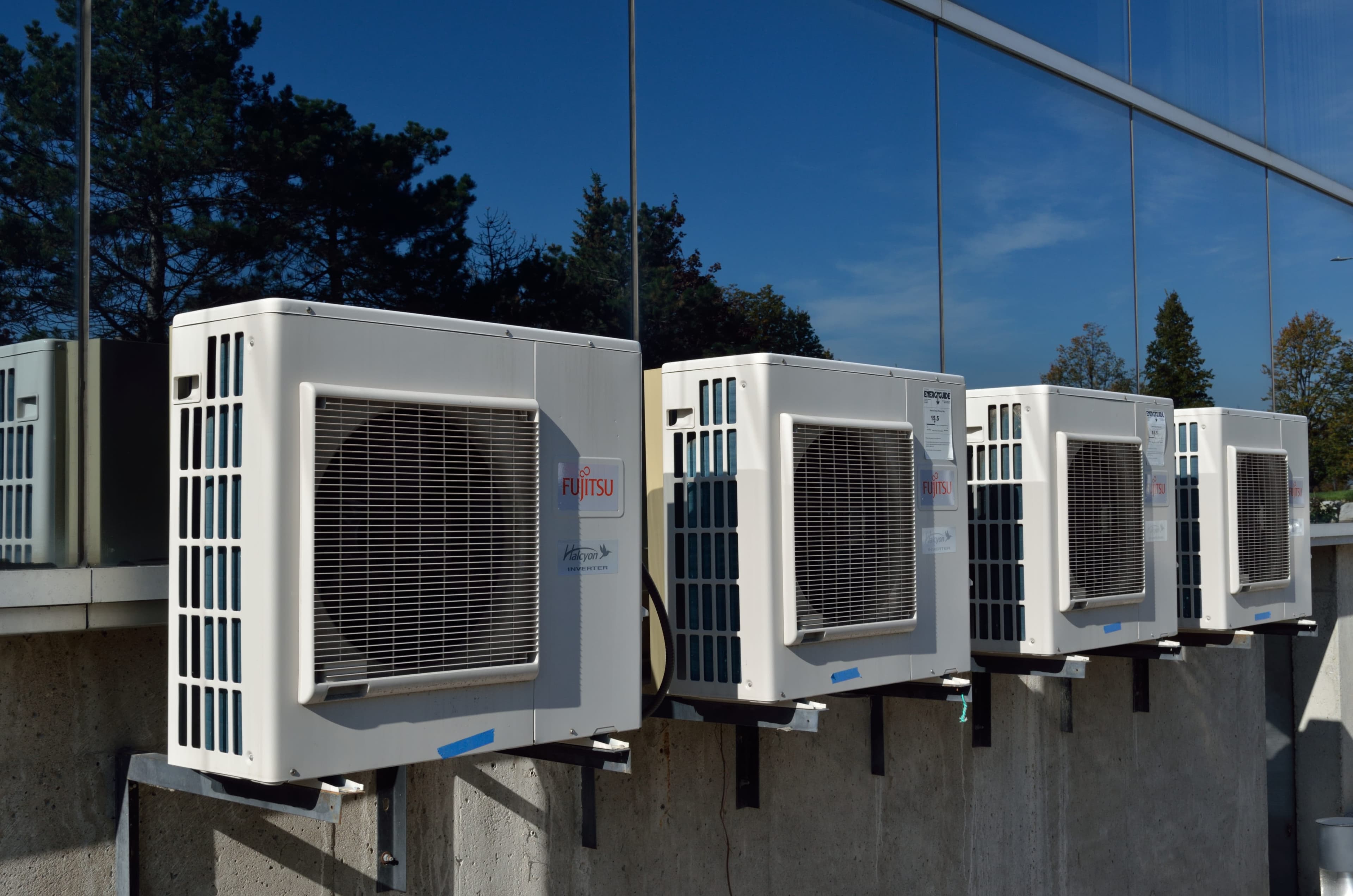
An aircon condenser (also known as an air conditioning condenser) is a vital component of an air conditioning system that helps to remove heat..
Complete Guide To Aircon Installation
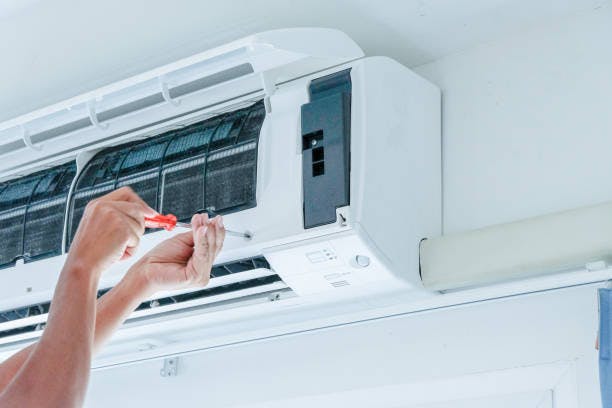
Moving in to a new house or just want to replace your Aircon? Everything you need to know about a new Aircon installation. Topic Highlights..
Fix Aircon Gas Leak | Leakage Indications & Repair Cost

Aircon refrigerant gas leakage is a common issue faced by air conditioning systems in Singapore. Learn more about the cause, indications..
Chemical Wash vs Chemical Overhaul
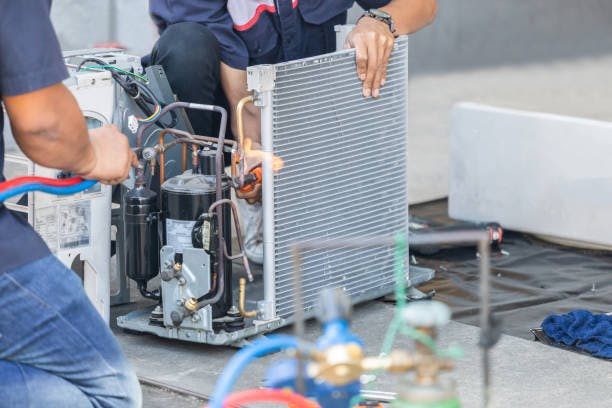
Often people get confused with these terms and what do they mean in terms of cleaning and expenses. The general purpose of a chemical wash..
Top 9 Reasons Why Your Air Conditioner Is Not Cooling

When your aircon is turned on but the air is not cold, it could mean many things like, the machine has run out of refrigerant gas..
Top 5 Reasons Why Your Air Conditioner Is Overheating
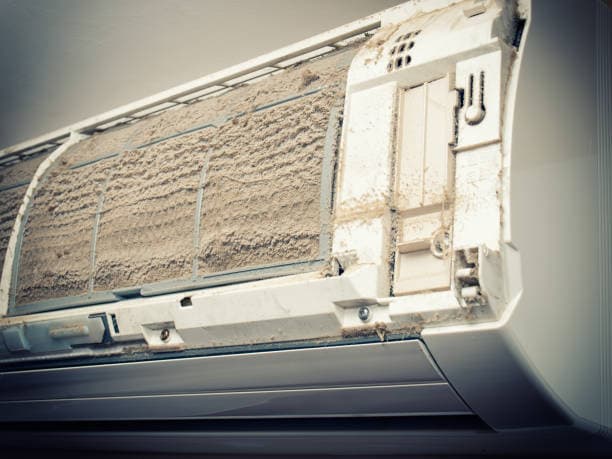
When your air con is working for long hours, it may overheat, which is the most common reason. Bad Or Dirty Air Filters- Air filter..